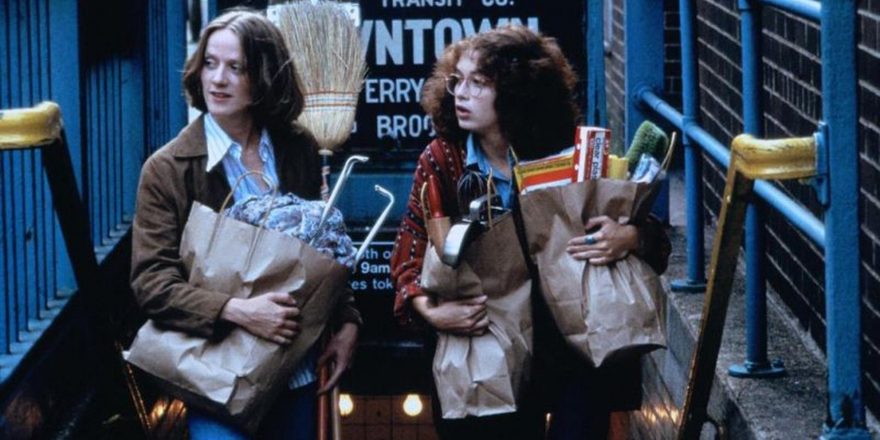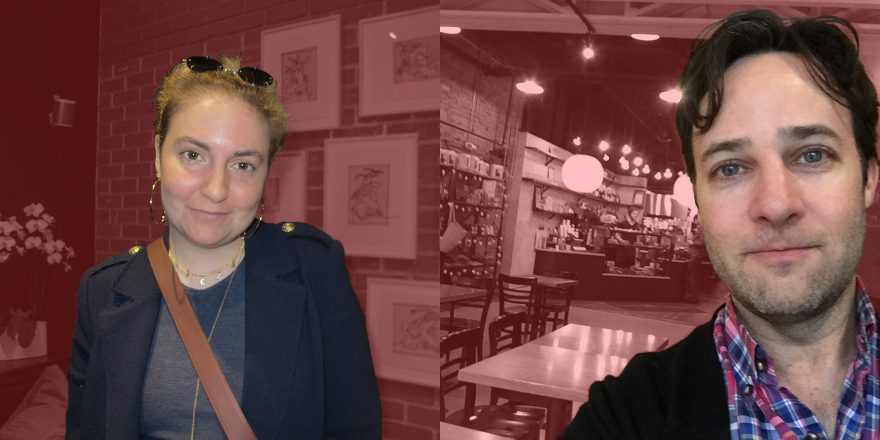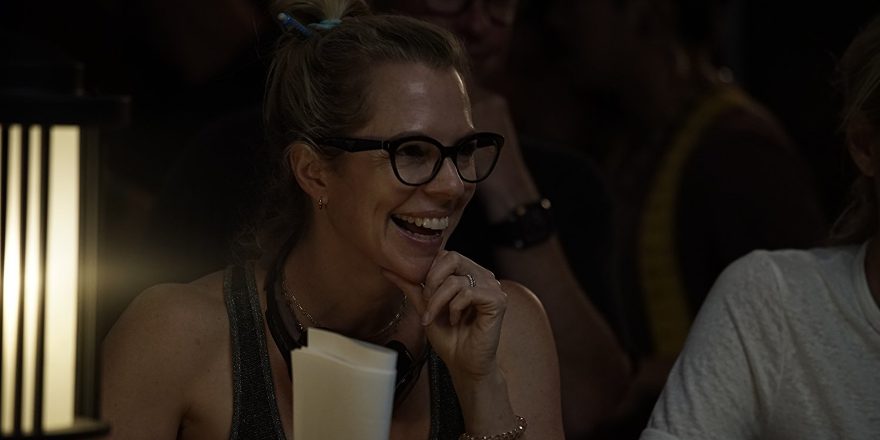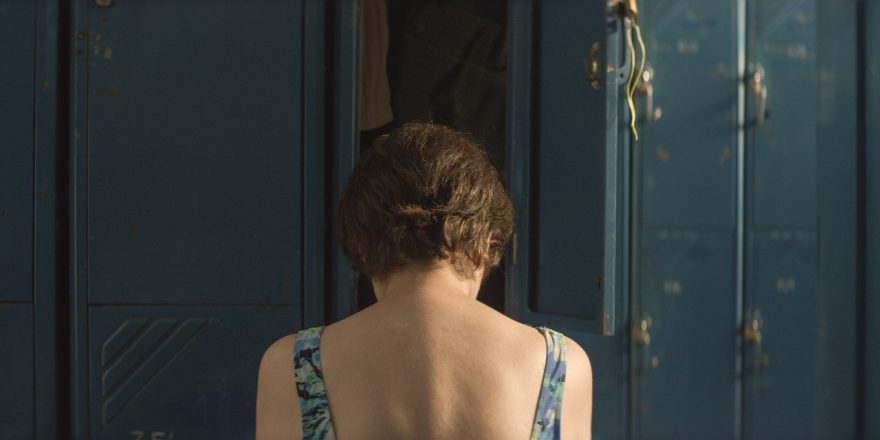I first fell in love with filmmaking because it used every side of yourself: visual, intellectual, psychological, emotional. It was exciting. By 1976, I’d spent seven years or so as a documentary director, following people around with my camera, waiting for them to do what I wanted them to do, and then spending months in the cutting room, manipulating what they’d done into what I wanted them to do. And I realized, “I’d really like to do something else.”
When I was making Girlfriends, I knew nothing. I didn’t even have the notion of a feature film. I was just incredibly naïve, partly because there was no independent film yet. It was just starting. It was just the beginning. I remember when I met Eli Wallach through a friend of my uncle’s, I thought he would be great to play the rabbi. I approached him and said, “I’d love you to play this rabbi who falls in love with a young girl.” He said, “Fantastic. Nobody’s asked me to play a romantic lead in years. I’d love to do it!” I said, “Great, so what do we do?” “Well, call my agent,” he replied. So I called his agent, and was totally out of my element. He asked me what we should do about billing, and I said, “Well, I think you should bill me.” That’s how naïve I was.
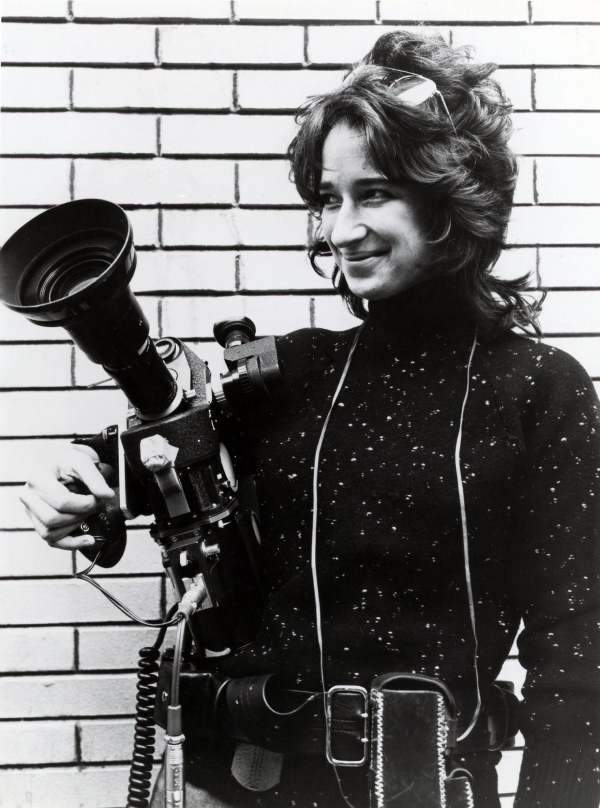
When the film was eventually finished, it was invited to Rotterdam, which is a very avant-garde film festival. When we screened the film there, the whole audience was laughing. I completely didn’t understand the response. I remember thinking, “Well, they don’t understand English …” Because I had forgotten that it was a comedy! It had been three or four years in the making, and by then it was just drudgery, it was getting this albatross off my back.
Based on that screening at Rotterdam, people suggested I call up the Cannes Film Festival, and they invited it to the Director’s Fortnight. With these two festivals under my belt, I came back to the States thinking I’d be able to sell the film. But people in New York – Don Rugoff, Cinema One, New Yorker Films – weren’t interested and didn’t want to buy it, and that was the only world I knew. I’d never been to L.A., but then I realized, “Oh dear, I better explore Los Angeles.”
I literally got on a plane, checked into a motel, looked up the names of the studios – MGM, Warner Brothers, etc. – in the phone book and started calling the main number. The operator would ask, “Production or distribution?” and I’d say, “Distribution, I guess.” I would then explain to whoever answered that I’d made this independent feature and that it was going to be screened at Cannes and did they want to take a look at it? Despite literally not knowing a single person, not having an entrée – and no agent or no lawyer – within a week, there was a bidding war between three studios for Girlfriends.
It was bewildering and fantastic. The film ended up with Warner Bros., who was very supportive of it, but we opened in New York during a newspaper strike. Here’s an independent film, made by nobody, and starring nobody. (Eli Wallach and Viveca Lindfors were character actors, not stars, and at the time nobody knew Christopher Guest, Melanie Mayron or Bob Balaban.) We didn’t know what to do, so we just started leafleting in front of the theater and all around New York, saying, “Come see our film.” It became a news event, so TV news started covering us. And then celebrities like Shirley MacLaine would see the film and start leafleting with us and tell people, “This is great. You’ve got to come see it.” Because of all this, Girlfriends ended up with a great opening in New York, and then it was released worldwide. It never made a huge amount of money, but it did get a very nice critical response.
Girlfriends got me a lot of attention, but I was seen as an oddity in Hollywood. There hadn’t been any women directors since Ida Lupino or Dorothy Arzner, so a female filmmaker – especially one who was still sort of young and cute – was a real puzzlement. I was an oddity, but also a commodity. Everybody wanted to meet me and wanted to be in business with me. The first thing people would ask me was, “What is it like being a woman filmmaker?” I mean, you don’t make a film with your genitals! It was sort of an unanswerable question. Elaine May and I were the third and fourth women directors admitted to the Academy of Motion Picture Arts and Sciences, after Dorothy Arzner and Ida Lupino, who were both dead by then. It was a weird time. But I was very grateful for the attention and for the possibility of making another movie.
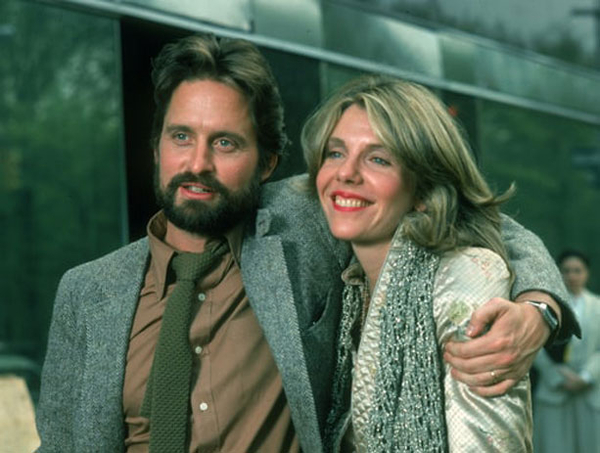
On the back of Girlfriends, I made a second feature called It’s My Turn, for Ray Stark and Columbia Pictures. That wasn’t the most fun experience in the world. Working in Hollywood was not something I understood. I didn’t understand how to behave politically. Sexism was rampant and Ray Stark was kind of a monster. It was filled with #MeToo moments which I had little means of understanding or dealing with.
It’s My Turn was a project I developed originally for public television, written by a friend of mine, Eleanor Bernstein, a very wonderful writer. I was coming from a totally independent world, where everything in the film was completely my choice. At Columbia, my film about a mathematician, which was to be called The Perfect Circle, was suddenly retitled It’s My Turn, because Ray Stark put a song by Diana Ross called “It’s My Turn” in the movie.
Making that film was all about having to deal with a patriarchal system. One time, Ray Stark asked me who I wanted to shoot the film. I said, “Why don’t I screen some films and then I’ll let you know?” I was in a screening room about 24 hours later when he called: “Oh sweetheart, I just hired the best cinematographer for you.” I’m said, “What? Wait a minute, didn’t you just say I would —” He said, “No, but I found you this terrific guy and he’s going to do a great job for you. You should be very grateful, sweetheart.” Somehow, I had the nerve to say, “Well, if you want to hire your own cinematographer, you can hire another director.”
It was just a difficult situation, making the film. I kept running into that attitude, that I should be grateful for this opportunity. Although It’s My Turn did pretty well and made more money than Girlfriends, I wasn’t really interested in repeating that experience and doing another studio film. I was stuck in a weird place, because there wasn’t really an independent film movement quite yet in New York and I couldn’t ask huge favors of my friends again, having now made a studio movie. But I also knew I didn’t want to live in L.A.
So I came back to New York and started directing theater, which was fabulous because there were all these new American playwrights, like Donald Margulies, who were just starting out. I wasn’t particularly a careerist, so I didn’t have the mindset that I had to make 100 feature films. As long as I was directing or making something that was interesting to me, with good material, that was what mattered. I then started getting offered television directing jobs just as great TV was starting to happen. It was the era of Thirtysomething, My So-Called Life, when there was all this original programming written mostly by young American playwrights and produced by people my age who were trying to do something different in television, to make it more cinematic, more subtle, more interesting.
Around the same time I started doing TV, I also got married and moved to L.A. And so for the next 20 or so years, I went back and forth between directing TV, doing a little theatre and being a mom. About eight or nine years ago, I decided I’d had enough of doing television and started doing more theater, working with another new crop of playwrights. The only TV I’ve done recently was directing Girls for Lena Dunham.
From the beginning, I was doing things on my own terms and engaging with the same questions. Whether I was working in film, TV or theater, it was about the challenge of telling a story, how to create momentum, how to make people care about the characters, how to find the right tone, how to find the comedy and the emotional heart in the material. That’s the stuff that’s always interested me. I’ve never been too concerned whether it was film or TV, whether it was a show on Broadway or in a tiny theater; I’ve been guided by where I could work with the best material.
Looking back, I was never focused on the fact that there were no roadmaps, that there were no people who had done it before. There were no women directors, so you couldn’t say, “Oh, I want a career like this person.” Back then, you could sort of model yourself on certain male directors – for instance, Coppola, who I admired – but their options were much different and they certainly had a bigger support system than I ever did. I think I was so busy just trying to do my work that I was kind of like a thoroughbred with blinders on. Not looking to the left or right, not seeing that there’s no one else, but just trying to figure out the next thing. You just had to look ahead if you wanted to get anything done.



